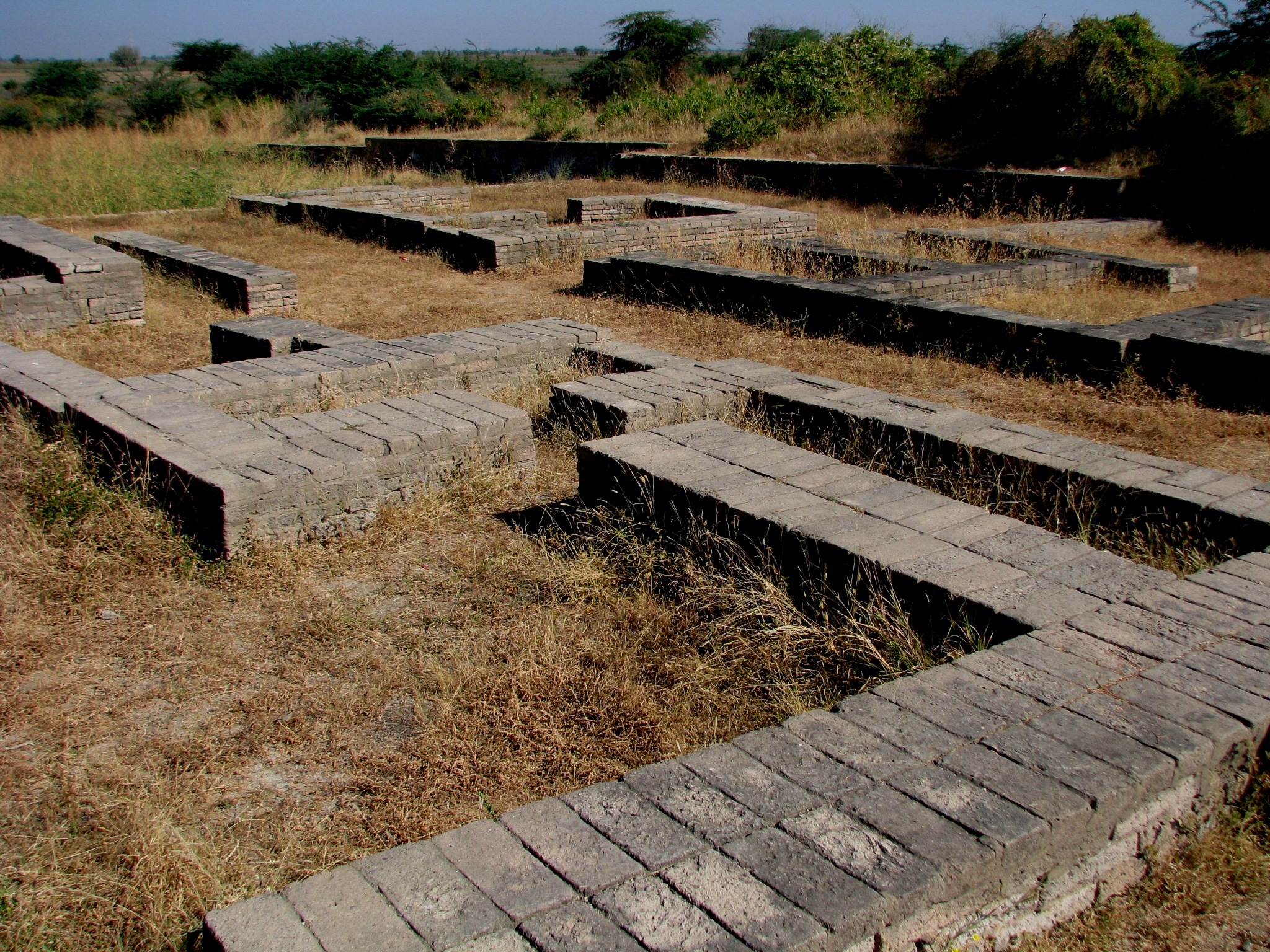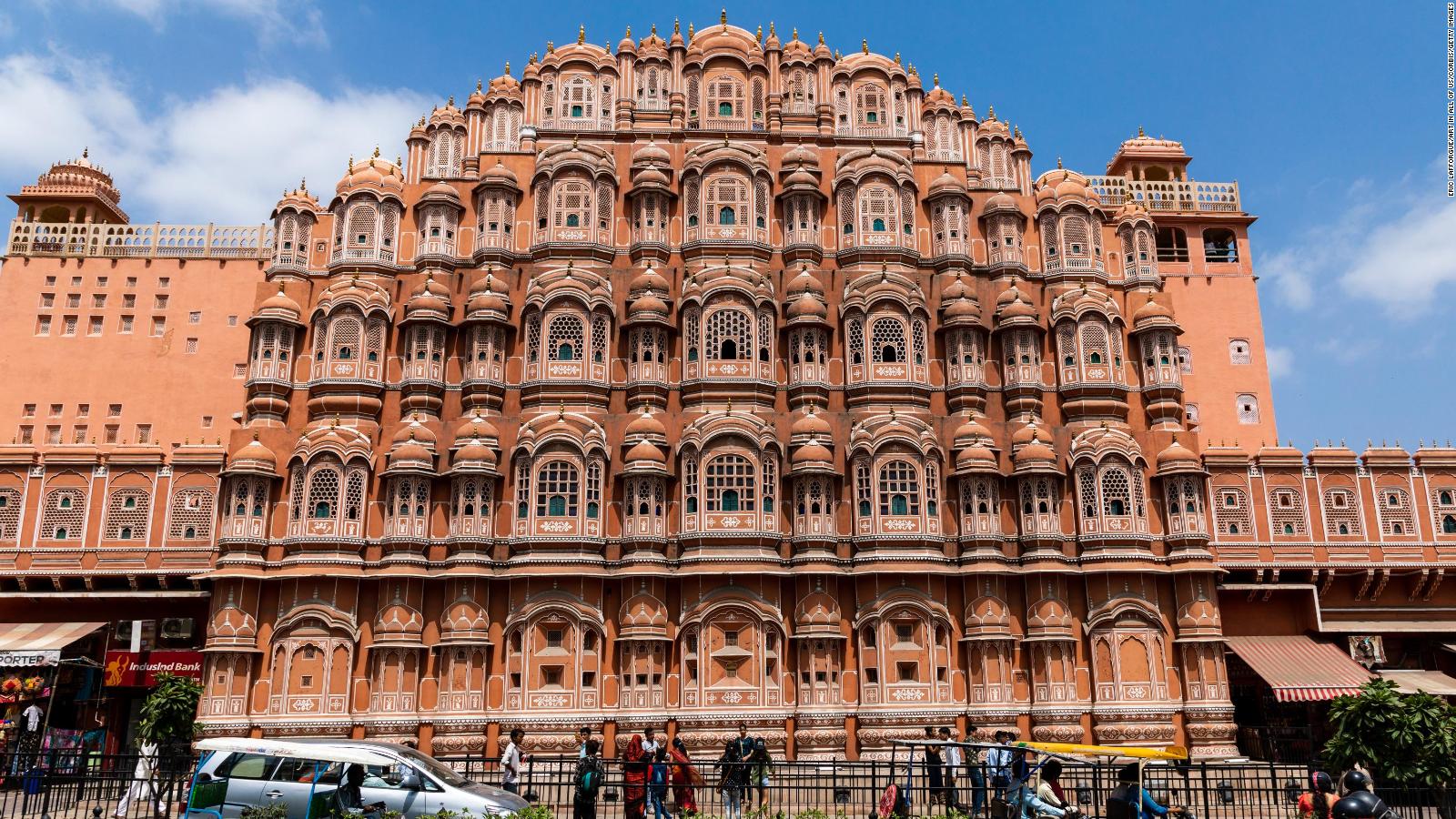While reading Indian History, one must come through to know various architecture in India being built over the years by various rulers and invaders. India can proudly claim to be the only country in the world having the oldest and continued history of art in all possible artistic manifestations – architecture, sculpture, painting, etc. From the Mauryan (3rd century B.C) to Modern times, India has more than two thousand years long history of art.
Besides other archaeological sources, architecture constitutes the most important part as it helps us to visualize the content and the facts written or inscribed in literary sources. Architecture in India is classified on the basis of their religious contents – Buddhist, Brahmanical. Jain and secular and on the regional patterns such as the Dravidian, Nagar, Visar and in Chronological order – Maurya, Shunga, Kushana, Gupta, Pallava, Chola styles, etc. The ancient Indian architecture is broadly classified on the basis of techniques of construction – rock-out or masonry.
What is Palace Architecture?
The Architecture related to the royal residences (Palaces) is collectively called Palace architecture. The Palace Architecture in India is one of the strongest forms of historical sources for examining and verifying the social structure of the historical era. The Palace used to be a royal place of living or religious or political center of a particular geographical region or a country.
The architecture of those royal residences reflects the social and cultural influence of a particular era. There were many rulers and influential people who used to live in comparatively bigger houses than the normal or less influential people. There are numerous palaces that can be found in the Indian subcontinent. This makes the sources of architecture in India very richer.
Palaces in Patliputra
Mauryan rulers Chandra Gupta Maurya & his grandson Ashoka built palaces in the capital “Patliputra”. Patliputra was made the capital of the Magadhan Kingdom by King Udayin. He was the son of Ajatshatru. Patliputra was originally a village called “Patligrama” Ajatshatru fortified it. Before Patliputra, Magadhan’s capital was Rajgriha/Rajgi/Vasumati.
Patliputra was located at the confluence (merging) of 3 rivers that is Ganges, Son & Punpun. It was famously known as “water fort” (“Jaldurga” – Ancient time). Patliputra was also known as Kusumpura & Kusum Dhwaja because of Kumsum flowers. In Greek records, it was mentioned as “Palibothra”. During medieval times, Shershah Suri built a fort here. In 1740, it was renamed “Azimabad” by Md. Azam, the grandson of Aurangzeb. Patliputra served as the capital for Indian Empire from the 4th century BC to the 6th century AD. After the 6th century AD when Patliputra lost its political significance. (Its place was taken away by Kannauj).
There was a famous Buddhist monastery to Patliputra & this was destroyed by Turkish invader (ruler) during the early part of the 13th century AD. Patliputra was also known as “Patna” as well because the famous temple of Patan Devi is located here.
Palace of Chandra Gupta Maurya
Chandra Gupta Maurya founder of the Maurya dynasty built a palace in the woods at Patliputra. Megasthanes (Ambassador of Bactrian king Seleucus Nicator) wrote in detail about the magnificence of this palace. In his book ‘Indicia’. This book is not available at present but their references are found in later Greek-Roman works such as “Indica Arian” & “Various histories Aelian”.
According to Megasthanes, the palace of Chandra Gupta Maurya was far magnificent. Persian palaces of king Darian seen by him at Susa, Ecbatana, Persepolis (All located in Iran). Darrius was a great ruler of Persia in the 6th century BC. This wooden palace was perhaps burnt down as revealed by a 30 cm thick layer of ash.
Palace of Ashoka
Ashoka built a palace in stone in Patliputra. This palace was a perfect replica of the wooden palace build by his grandfather. This palace builds on the same spot where the wooden palace was standing because of a 30 cm thick layer of ash produced by the burning wooden palace found beneath it.
Details of the Ashokan palace are known from archaeological excavation & literary reference. Archaeologist D.B. Spooner carried out excavation during 1912-15 & discovered remains of a stone palace at Kumarahar (Located in Patna). He found 72 pillars, 8 pillars were found later by K.P. Jayswal during 1951-55. This palace was famous for its massive pillared hall having 80 pillars. These pillars were monolithic. Their height is more than 12 meters (9.75 m above the ground & 2.75 m inside the ground). These pillars were glossy polished. The pillars are carved out Chunar (Mirzapur, district, U.P). This center-pillared hall of the palace was used for holding court meetings & public audiences (Audience Hall).
The 3rd Buddhist council organized during the reign of Ashoka was held in this hall. This stone palace of Ashoka was used by later dynasties as well up to the 6th century AD. The Chinese traveler Fa Hien was amazed by the beauty of this palace. He explained that this palace was a work of spirit (made by God). Fa-Hien wrote that the Royal palace & halls located in the middle of the city exist since the age of Ashoka who employed spirit in the construction of the palace. Its magnificence & elegance could have never been the work of human beings. Fa-Hien visited India from 399 AD – 415AD. He wrote a book titled “Fu Kyo Ki”.
In this book, Fai-Hien wrote details about socio-cultural, economic life in India. He didn’t mention the name of the Gupta King (Chandra Gupta II Vikramaditya) but he wrote that this king was having 2 capitals (Ujjain). Pillars & other remains of this palace are preserved in Patna Museum. This museum is being renovated at present by Japanese support.
Fort Architecture
The Fort architecture represents the fortification pattern of a particular town that includes many structures like palaces, residences of ordinary peoples, markets, and other important structures.
Forts of Harappan City
The earliest evidence of the fort comes from Harappan City. The archaeological excavation carried out at Harappan cities has revealed that it was built by using Earth, Stone, and bricks. Harappan cities were generally divided into two parts – lower town & upper town. The upper town was also known as Citadel.

At Surkotada & Kalibanga (Rajasthan), even the lower town was fortified. At Chanhudaro (Sind), there was no fort. This fort was used as a defensive wall by Harappan to protect themselves from Flash/sudden floods, wild animals, and attacks of others. The gate of the fort was manned by guards. There was a provision of lighting as well.
During the last phase of Harappan cities, some gates of the fort were closed permanently as indicated by pieces of evidence found at Harappa. This was probably a response to some kind of serious threat faced by Harappan towns & cities.
Fort of Mauryan Age
According to Megasthanese, the city of Patliputra was surrounded by a wooden Palisade (wall). This wall was having 64 gates and 570 watchtowers. It appears that the fort was well defended because soldiers used to stand in watchtower with bows & arrows.
According to Megasthanese, there was a massive Moat (pit) 60 feet deep & 200 feet wide outside the fort. Archaeological excavation carried out by A. Waddell during the 1890s & J.A. Page (1920s) has discovered the remains of this wooden fort at Bulandibag & Gosainkhanda (Located both in Patna).
Frequently Asked Questions (FAQs): Architecture in India
Question: How does the City of Patliputra was explained by Megathanese?
Answer: The historical city of Patliputra has an important place in the rich heritage source of architecture in India. According to Megasthanese, the city of Patliputra was surrounded by a wooden Palisade (wall). This wall was having 64 gates and 570 watchtowers. It appears that the fort was well defended because soldiers used to stand in watchtower with bows & arrows. There was a massive Moat (pit) 60 feet deep & 200 feet wide outside the fort.

